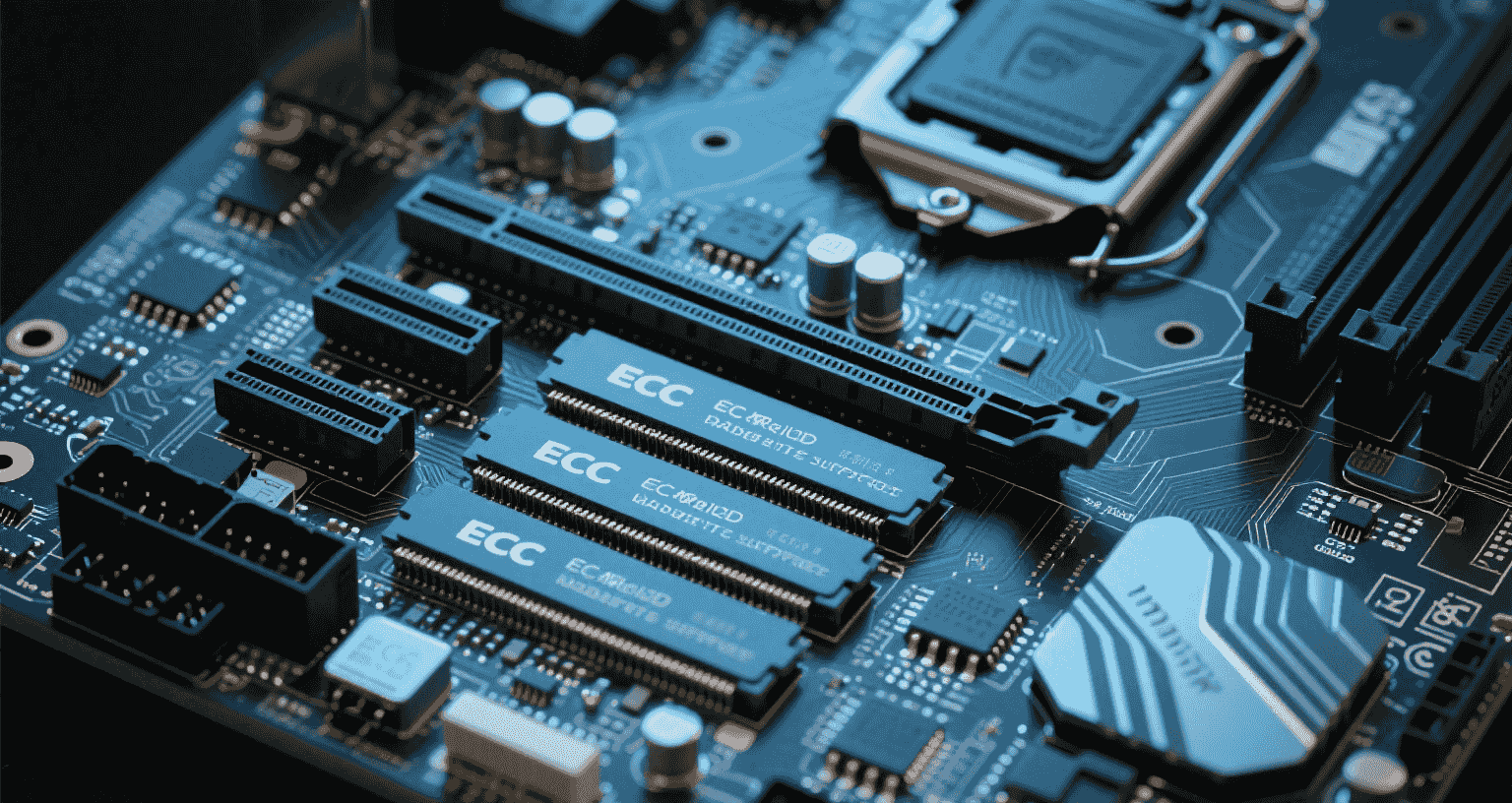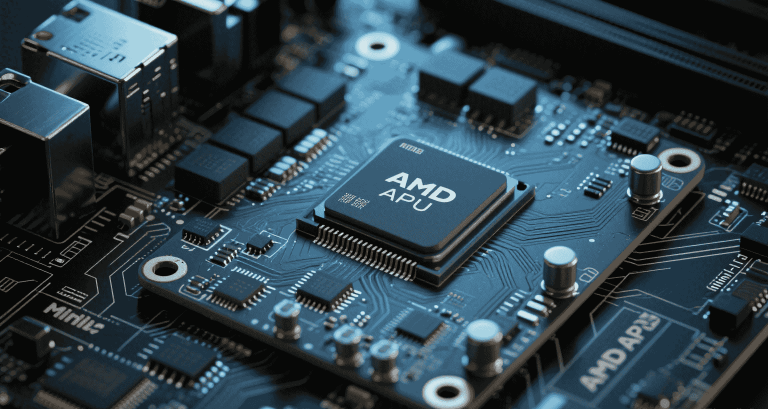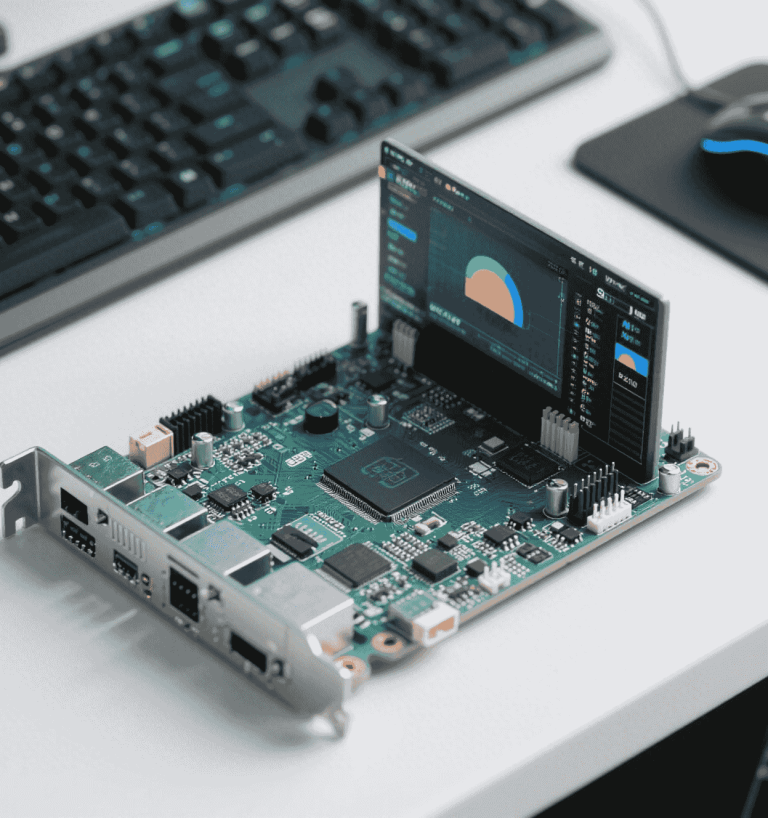Mini‑ITX Motherboards with ECC Memory Support: Engineering Reliability in a Compact Footprint

Table of Contents
- 1. Introduction to ECC in Compact Computing
- 2. Fundamentals of ECC Memory and Error Correction
- 3. Use Cases for ECC in Mini‑ITX Systems
- 4. CPU and Platform-Level ECC Support
- 5. Verified Mini‑ITX Motherboards with ECC Compatibility
- 6. ECC Enablement via BIOS and UEFI Interfaces
- 7. Memory DIMM Compatibility and Capacity Constraints
- 8. VRM and Power Design Implications for ECC Stability
- 9. Performance Overhead and Trade‑Offs of ECC
- 10. Real-World Stability Insights and Failure Case Studies
- 11. Availability, Procurement, and Market Gaps
- 12. Integration Guidelines and Final Recommendations
1. Introduction to ECC in Compact Computing
In modern embedded systems and small-form-factor builds, ECC memory enables enhanced reliability where data corruption can cause serious issues. Mini‑ITX motherboards combine compact footprints with impressive I/O capabilities—but pairing them with ECC memory for mission-critical stability is still a nuanced challenge.
2. Fundamentals of ECC Memory and Error Correction
How ECC Works: ECC adds parity bits to memory words, detecting and correcting single-bit errors and identifying multi-bit errors. This mechanism is critical for systems where uptime, accuracy, and resilience are non-negotiable.
- Corrects single-bit flips in real-time
- Flags multi-bit errors to prevent silent corruption
- Useful against aging memory cells, cosmic rays, or power instability
ECC modules are typically unbuffered UDIMM ECC or registered RDIMM ECC. ITX boards nearly always use UDIMM ECC due to board complexity and routing constraints.
3. Use Cases for ECC in Mini‑ITX Systems
- NAS setups with ZFS that demand end-to-end data protection
- Industrial edge devices running unattended for months or years
- Homelab virtualization clusters managing critical workloads
- Scientific or AI inference workloads where numerical precision matters
ECC adds trust in the system’s ability to detect issues before they propagate into failures or data loss.
4. CPU and Platform-Level ECC Support
ECC support is two-fold: the CPU must support ECC, and the motherboard chipset and BIOS must validate and expose ECC functionality.
AMD Platforms
- Ryzen Pro CPUs offer ECC support—validated on boards like X570D4I-2T
- EPYC Embedded offers full ECC and RDIMM compatibility (on industrial ITX)
Intel Platforms
- Xeon E CPUs paired with C246/C255 chipsets support ECC UDIMM
- Embedded Intel SoCs (Elkhart Lake) offer low-power ECC, ideal for fanless systems
5. Verified Mini‑ITX Motherboards with ECC Compatibility
| Board Model | Platform | ECC Type | Key Features |
|---|---|---|---|
| ASRock Rack X570D4I-2T | AMD AM4 | UDIMM ECC | Dual Intel 10GbE, IPMI, validated ECC |
| Supermicro X11SCL-IF | Intel Xeon E | ECC UDIMM | IPMI, industrial-grade components |
| ASRock Rack Q370M | Intel E-series | ECC UDIMM | Workstation reliability |
Note: Most consumer ITX boards that claim ECC support do not provide BIOS feedback, error logging, or reliable timing compatibility.
6. ECC Enablement via BIOS and UEFI Interfaces
Many ECC-capable platforms require manual enablement in BIOS. Look for:
- ECC toggle flags
- DRAM voltage and LLC settings
- Error logging interfaces (sometimes under “Advanced” or “Server Mgmt”)
Linux ECC Check:
sudo apt install edac-utils
sudo edac-util --report
dmidecode -t memory | grep -i ecc7. Memory DIMM Compatibility and Capacity Constraints
- ECC UDIMMs: required for Mini‑ITX ECC support
- Maximum RAM: 64GB to 128GB depending on slot count and module density
Always consult the motherboard’s Qualified Vendor List (QVL) to ensure compatibility. Boards not on ECC QVL may boot but fail under load or silently ignore ECC functionality.
8. VRM and Power Design Implications for ECC Stability
ECC functionality demands precision. Voltage ripple or thermal drift in DRAM power domains can lead to:
- False positives in ECC logs
- Unstable memory behavior
- Early degradation of DIMMs or memory controllers
Choose boards with multi-phase VRMs, low ESR capacitors, and sufficient copper pours for clean power delivery.
9. Performance Overhead and Trade‑Offs of ECC
ECC introduces a minor latency increase (~1–2%) due to parity checking—but the impact is negligible for non-latency-critical workloads like virtualization or NAS. However:
- ECC DIMMs cost ~10–20% more than standard DIMMs
- Module availability is limited in the retail market
10. Real-World Stability Insights and Failure Case Studies
“Running ECC memory on X570D4I has caught and logged 6 correctable errors in a year. None caused data loss.” – Homelab user on Reddit
Case studies show that ECC helps highlight memory controller failures or aging slots early—allowing preventative maintenance before silent corruption spreads.
11. Availability, Procurement, and Market Gaps
Challenges in ECC Mini‑ITX builds include:
- Few vendors offer ECC-certified Mini‑ITX boards
- Many boards only sold via industrial distributors
- Short product lifecycles (often < 2 years)
Recommendation: Source from trusted vendors (e.g., MiniITXBoard, Supermicro, ASRock Rack) and check for support longevity.
12. Integration Guidelines and Final Recommendations
Deployment Checklist
- Confirm CPU ECC support (Ryzen Pro / Xeon E)
- Choose validated ECC-compatible Mini‑ITX motherboard
- Install ECC UDIMM memory from the QVL
- Enable ECC settings in BIOS
- Verify via OS tools like
edac-utilsorsysctl
Recommended Configurations
| Use Case | Board | CPU | ECC Memory |
|---|---|---|---|
| NAS / ZFS Server | X570D4I-2T | Ryzen 7 Pro 4750G | 64–128 GB ECC UDIMM |
| Virtualization Host | Supermicro X11SCL-IF | Xeon E-2288G | 64 GB ECC UDIMM |
| Industrial Deployment | Elkhart Lake ITX | Pentium Silver J6412 | 32 GB ECC UDIMM |
Conclusion
ECC memory in Mini‑ITX systems provides unmatched reliability for compact servers, NAS, and embedded deployments. With careful component selection and BIOS validation, these platforms offer a robust alternative to larger server-class systems—within a fraction of the size.


